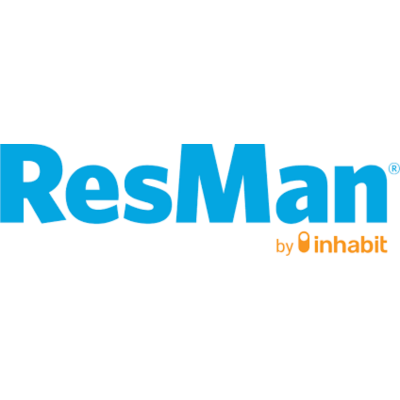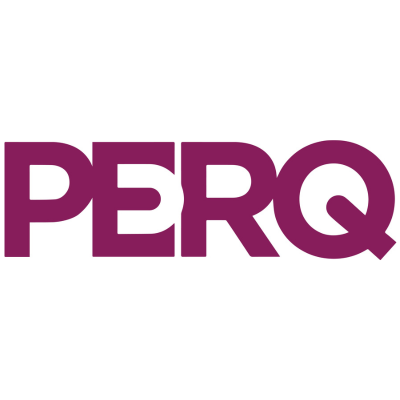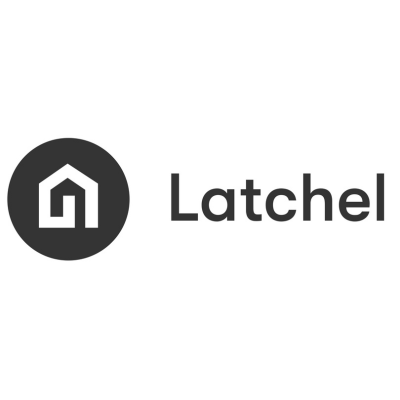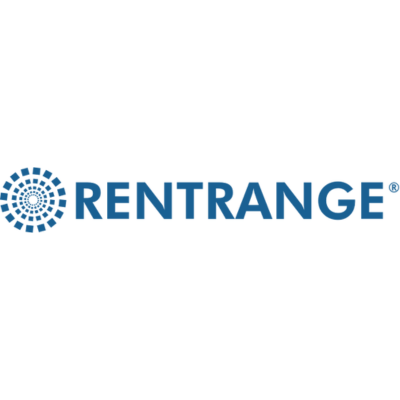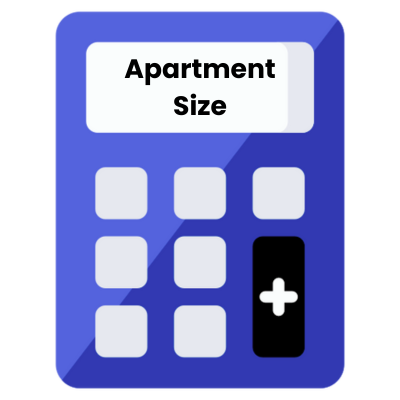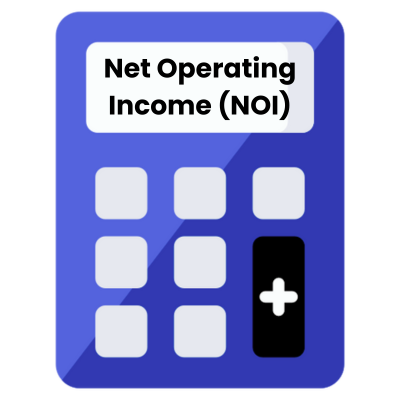Last Updated: April 2024

Multifamily rental property investing is a real estate strategy that involves the acquisition and management of residential buildings with more than one unit, such as duplexes, triplexes, and apartment complexes. This approach often offers increased cash flow, risk diversification, and economies of scale when compared to single-family rental property investing.
What is Multifamily Investing?
Multifamily Rental Investing Definition
Multifamily rental investing refers to the financial commitment made in properties designed to accommodate multiple separate families or households, each within its own distinct unit, with the primary goal of generating rental income. These properties can range from duplexes, which host two families, to larger apartment complexes or high-rises that can house many residents.
Multifamily Rental Investing Explained
Multifamily rental investing revolves around purchasing properties that are segmented into multiple individual living spaces, each rented out to a separate tenant or family. Unlike single-family homes, where one property equates to one rentable unit, multifamily properties can generate income from several units under one roof. Investors are often attracted to this type of rental property investing because of the potential for diversified income; if one unit is vacant, the others can still produce rent.
9 Ways to Invest in Multifamily
Direct Ownership Multifamily Rental
Investing through direct ownership involves purchasing a multifamily property outright and becoming the primary landlord. This method grants full control over property management decisions and potential rental income but requires hands-on involvement and significant capital.
Developing a Multifamily Rental
This entails buying land or older properties and developing or redeveloping them into multifamily rental units. It’s a capital-intensive approach that demands expertise in construction and zoning regulations but offers the possibility of substantial appreciation and tailored property specifications.
BRRRR a Multifamily Rental
The “Buy, Rehab, Rent, Refinance, Repeat” (BRRRR) strategy for multifamily rentals emphasizes maximizing equity growth. Investors purchase undervalued properties, renovate them to add value, rent them out, then refinance to pull out capital for the next investment, enabling rapid portfolio expansion.
House Hacking a Multifamily Rental
House hacking involves occupying one of the units in a multifamily property while renting out the others. This strategy can significantly offset or even eliminate living expenses, allowing investors to experience landlord responsibilities while easing into multifamily real estate investing.
Multifamily Rental Companies






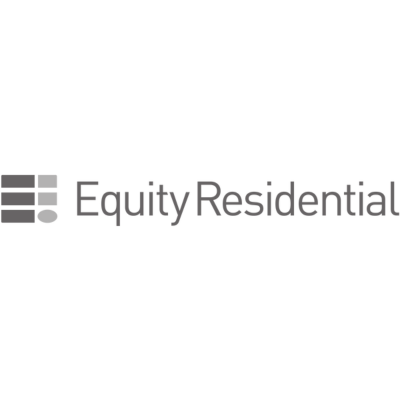

Several large multifamily rental companies have redefined the dynamics of this asset class. Their size and influence not only shape market trends but also impact rental standards and practices nationwide. Investing in them, where possible, can be a great way to gain exposure to this asset class.
Multifamily Note Investing
Instead of owning the property directly, investors purchase the debt (or “note”) tied to the property. This method offers potential returns through interest payments and possibly acquiring the property at a discount if the borrower defaults, but it also comes with its own set of risks.
Turnkey Multifamily Investing
Turnkey investing means purchasing a multifamily property that’s rental-ready, often already occupied by tenants. Ideal for those who prefer a hands-off approach, these properties come with established management in place, but typically at a premium price.
Multifamily Syndication
Syndication pools resources from multiple investors to purchase larger multifamily properties. While individual investors might contribute varying amounts, everyone shares in the profits and risks, allowing for investment in larger, potentially more profitable ventures without bearing the full financial burden.
Multifamily Stocks
Stocks and Real Estate Investment Trusts (REITs) are companies that own, operate, or finance multifamily properties. Investing in real estate stocks allows investors to tap into the profitability of multifamily real estate without direct property management, as they buy shares in the REIT rather than the property itself.
How to Buy a Multifamily Rental Property
Buying a multifamily rental property is a pivotal step in the world of real estate investment, presenting unique considerations distinct from those of single-family homes. Below we take a look at each step of the multifamily property purchase process to understand the series of steps from beginning to end.
The Multifamily Rental Purchase Process
- Self Assessment & Investment Objectives: Begin your multifamily investment journey by determining your financial capabilities, desired return on investment, understanding of rental real estate finance and long-term goals.
- Assembling a Real Estate Team: Consult and engage professionals, including realtors experienced in multifamily properties, attorneys, and financial advisors, to guide your purchase.
- Market and Neighborhood Analysis: Research the broader market trends and delve deep into neighborhood specifics to ensure your property is in a promising location for potential tenants.
- Property Assessment: Focus on unit count, property condition, vacancy rates, and existing lease terms to gauge the property’s viability as a profitable investment.
- Evaluating Financing Options for Acquiring Properties: Explore various financing avenues, including bank loans, owner financing, or multifamily-specific mortgages, to determine the best fit for your investment strategy.
- Making Offers and Negotiating Purchase Terms: Craft a competitive offer based on market research, property valuation, and your budget, keeping room for negotiations.
- Property Inspections, Appraisals, and Due Diligence: Commission thorough inspections and appraisals, and scrutinize property records, lease agreements, and other pertinent documents to ensure you’re making a well-informed purchase.
- Finalizing the Property Purchase (Closing): With all terms agreed upon and due diligence completed, work with a title company or attorney to finalize the transaction, ensuring all legal and financial aspects are addressed.
Multifamily Property Management
- Tenant Acquisition and Screening: Attract potential tenants with strategic marketing and ensure long-term rental success by rigorously screening applicants for financial reliability and rental history.
- Rent Collection and Lease Agreement Best Practices: Adopt systematic rent collection methods and craft comprehensive lease agreements that protect both landlord and tenant rights, tailored to the multifamily environment. Employing a residential property management software can greatly help with this step.
- Maintenance, Repairs, and Improvements: Establish a regular maintenance schedule for common areas, respond promptly to repair requests, and periodically upgrade units to maintain the property’s appeal and functionality.
- Implementing Value-Add Strategies to Increase Revenue: Identify opportunities within the property, such as amenity enhancements or introducing shared services, to boost its value and, subsequently, rental rates.
Financial Management and Performance Analysis
- Understanding and Calculating Cash Flow, Expenses, and Net Operating Income: In multifamily rental investments, accurately calculating net operating income and cash flow requires a thorough assessment of both unit-specific and common area expenses.
- Methods for Assessing Return on Investment: To gauge the profitability of your multifamily investment, utilize comprehensive ROI methodologies that account for factors like vacancy rates, annual maintenance expenses, and projected rent escalations.
- Tax Considerations and Benefits: Multifamily rental properties offer specific tax advantages, including depreciation deductions and potential credits, which investors should leverage to optimize their tax positions.
Scaling and Diversification in Multifamily Investing
- Strategies for Growing Your Investment Portfolio: To expand a multifamily investment portfolio, consider methods like leveraging equity from existing properties or pooling resources with other investors.
- Diversifying Your Portfolio with Different Multifamily Asset Classes: Enhance portfolio stability and growth potential by branching out into various multifamily categories, from duplexes and townhouses to larger apartment complexes.
- Exit Strategies: When contemplating exit avenues for multifamily assets, investors can either capitalize on market highs, refinance to unlock better terms, or employ 1031 exchanges to reinvest proceeds into new properties while deferring capital gains tax.
Top Multifamily Investing Tools
The #1 Rental Property Newsletter
Once a month, we send out an exclusive Rental Property Market Update with top stories, current mortgage rates, building products, and more. No spam and unsubscribe anytime.


Multifamily Investing Calculators
Pros and Cons of Multifamily Rental Property Investing
There are many factors to consider when determining whether or not to invest in rental real estate, specifically multifamily rental properties. The following is a comprehensive list of the pros and cons you need to know before investing in multifamily rental properties.
Pros of Multifamily Investing
- More Stable Income Stream – Multifamily rentals spread the vacancy risk across many tenants, in comparison to one tenant in a single family rental property. For example, if you have four tenants and one leaves, only 25% of your cash flow is impacted. If you have one tenant and they vacate, 100% of your cash flow is impacted.
- Higher Cashflow Potential – More tenants (often called “doors) in a multifamily property means that there are more opportunities to increase cash flow. Even small but consistent and regular rent increases can significantly boost cashflow, among other revenue opportunities such as paid laundry, paid reserved parking, and paid storage.
- Potential for “House Hacking” – If you don’t mind being neighbors with your tenants, you can occupy one unit and lease out the others. This strategy is called house hacking and is a great way to get started in rental real estate investing by cutting down your living costs while simultaneously building equity in an investment property.
- Resilient Value Appreciation – Multifamily properties appreciate like most real estate does in boom times, but they can be resilient during economic downturns due to their essential need to provide housing. This is in comparison to speculative real estate such as hospitality rental properties that fluctuate with economic conditions.
Cons of Multifamily Investing
- Higher Tenant Turnover – While there are more tenants to generate more cash flow, there is also greater turnover since there is statistically greater probability of one of the many tenants eventually moving out. Having a strong property maintenance system in place helps minimize the business disruption, but still requires unit rehab (also called “Turning”) and re-leasing efforts.
- Greater Management Responsibilities – Owning a large multi-unit property takes a lot of time, which can interfere with your lifestyle (physically, mentally, and financially) whether you outsource rental property management or not. Multifamily property management requires dealing with many individuals, bigger and more frequent repairs, and greater financial obligations.
- Greater Initial Expense – The bigger the property, the bigger the price tag. Depending on the market, some multifamily properties start well into the multiple-millions of dollars. Factoring in an approximate twenty percent down payment and sufficient reserves, requires you to have sufficient capital upfront and during your ownership.
- Experienced Investor Competition – Multifamily properties tend to draw interest from experienced investors. Since these experienced investors possess extensive knowledge and are well capitalized, this can create investor competition that is above what a novice investor can compete with.
Search Rental Real Estate
Try searching out site for hundreds of rental property topics ranging from property management, investor tool reviews, investment research, and more.
Multifamily vs Other Rental Real Estate Asset Classes
Multifamily rentals present a unique set of investment characteristics compared to other rental real estate asset classes. As an investor, understanding these distinctions helps in diversifying portfolios and optimizing returns based on risk appetite, capital outlay, and management preference.
| Criteria | Multifamily | Single Family Rentals (SFR) | Commercial Real Estate | Vacation Rentals |
|---|---|---|---|---|
| Scale of Investment | High due to multiple units | Lower, one unit at a time | High, larger properties & plots | Varies based on location & property size |
| Management Intensity | Moderate, benefits from economies of scale | Moderate to high, each property managed individually | Varies; some properties, like triple-net leases, require less management | High, constant turnover & maintenance |
| Liquidity | Medium, dependent on market & property size | Higher, often easier to sell individual units | Lower, longer selling process | Medium to high, dependent on location & market trends |
| Risk Profile | Moderate, diversified across tenants | Moderate, risk of 100% vacancy | High, closely tied to economic conditions | High due to seasonality & economic factors affecting tourism |
| Potential ROI | High, dependent on location and management | Moderate to high, based on location & property condition | High, with long-term leases & potential for escalation | Can be very high in peak seasons |
| Tenant Duration | 6-12 months typical lease | Often 12 months lease | Multi-year leases common | Short, days to weeks |
| Market Sensitivity | Moderate, impacted by housing demand & economy | Moderate, impacted by housing demand | High, directly linked to economic & business cycles | High, influenced by season & tourism trends |
More Real Estate Investing Asset Types
About the Author


Ryan Nelson
I’m an investor, real estate developer, and property manager with hands-on experience in all types of real estate from single family homes up to hundreds of thousands of square feet of commercial real estate. RentalRealEstate is my mission to create the ultimate real estate investor platform for expert resources, reviews and tools. Learn more about my story.
Disclaimer: The information provided on this website does not, and is not intended to, constitute legal and/or financial advice. As such, all information, content, and materials available on this site are for general informational purposes only. Please review our Editorial Standards for more info.

